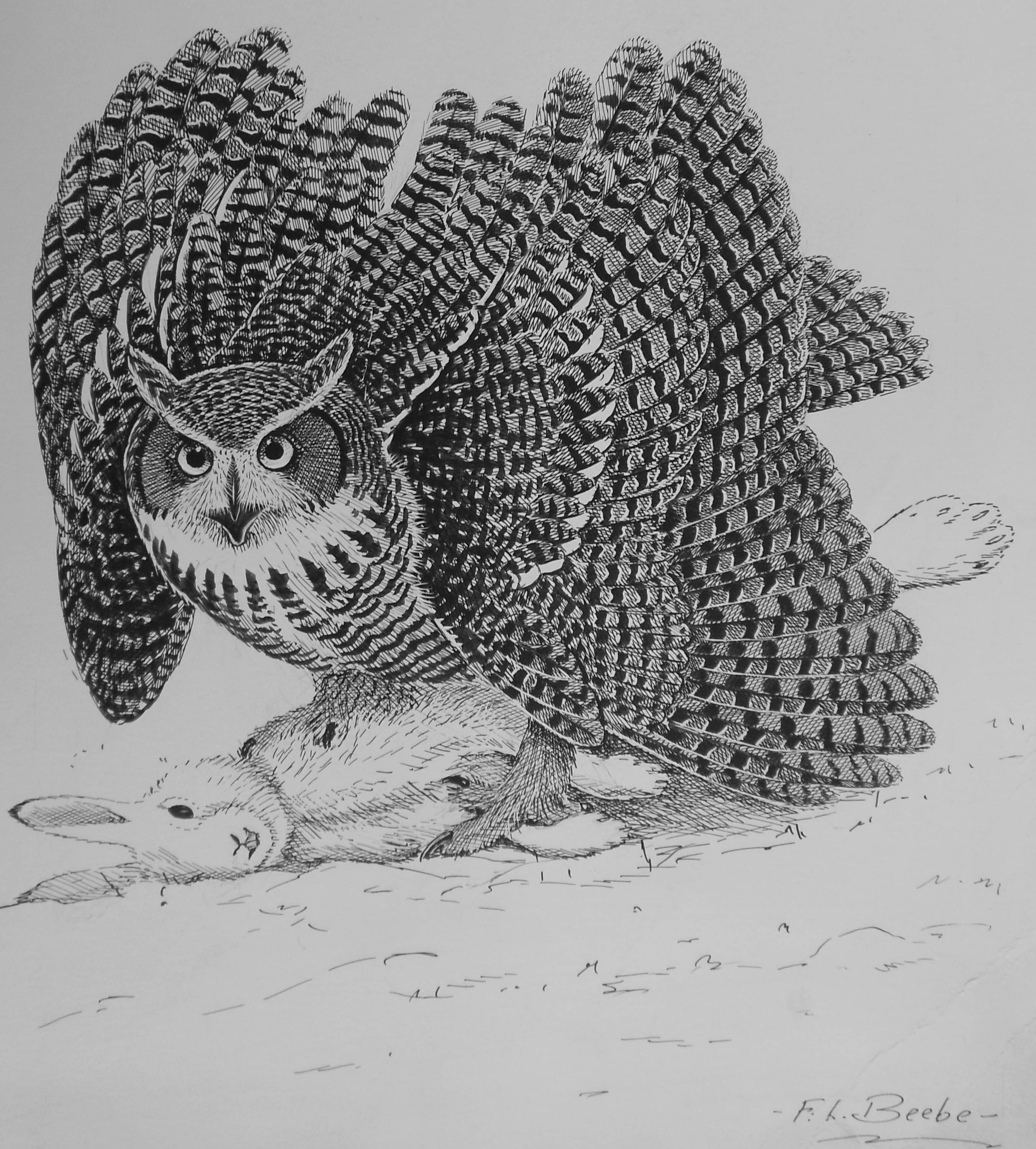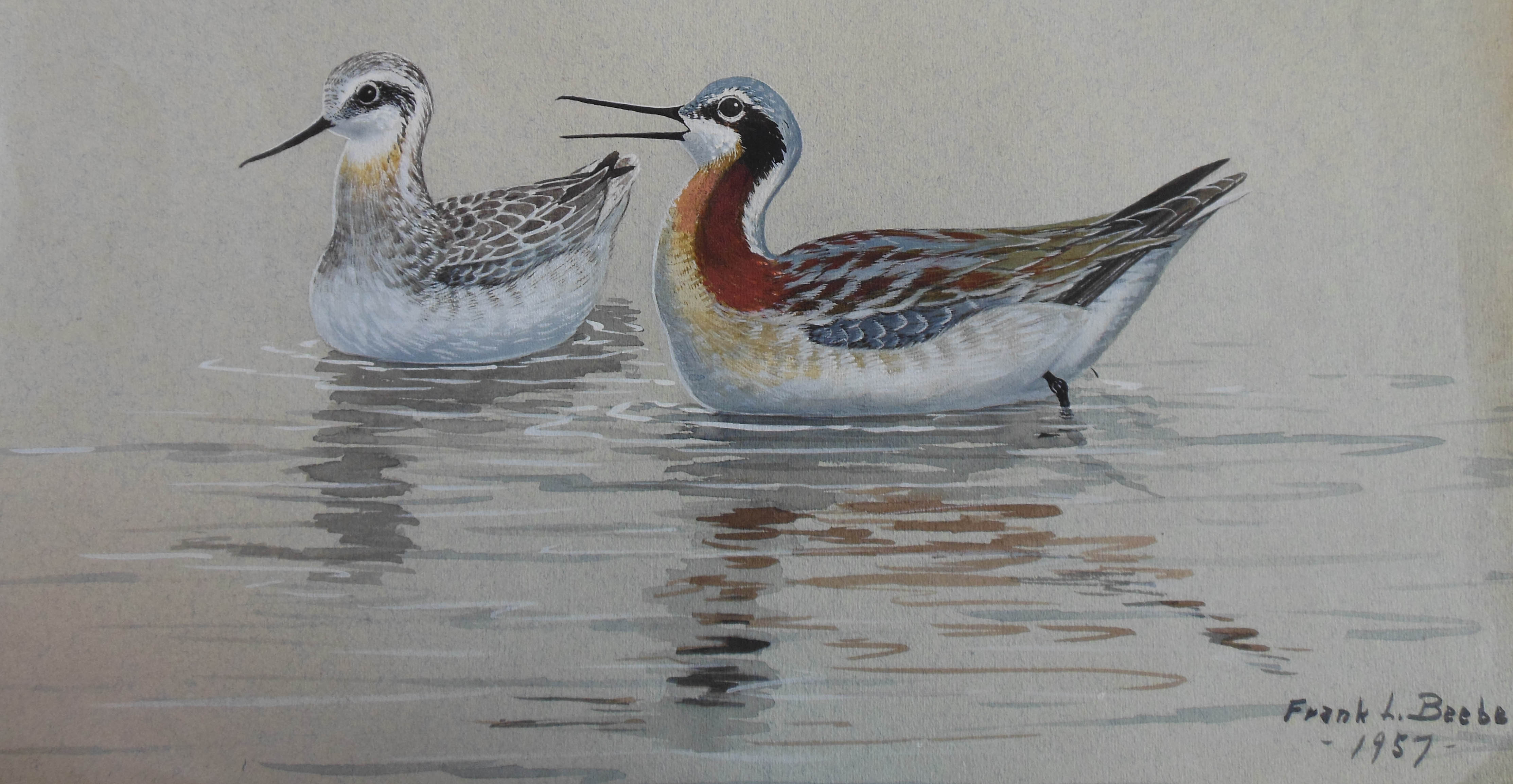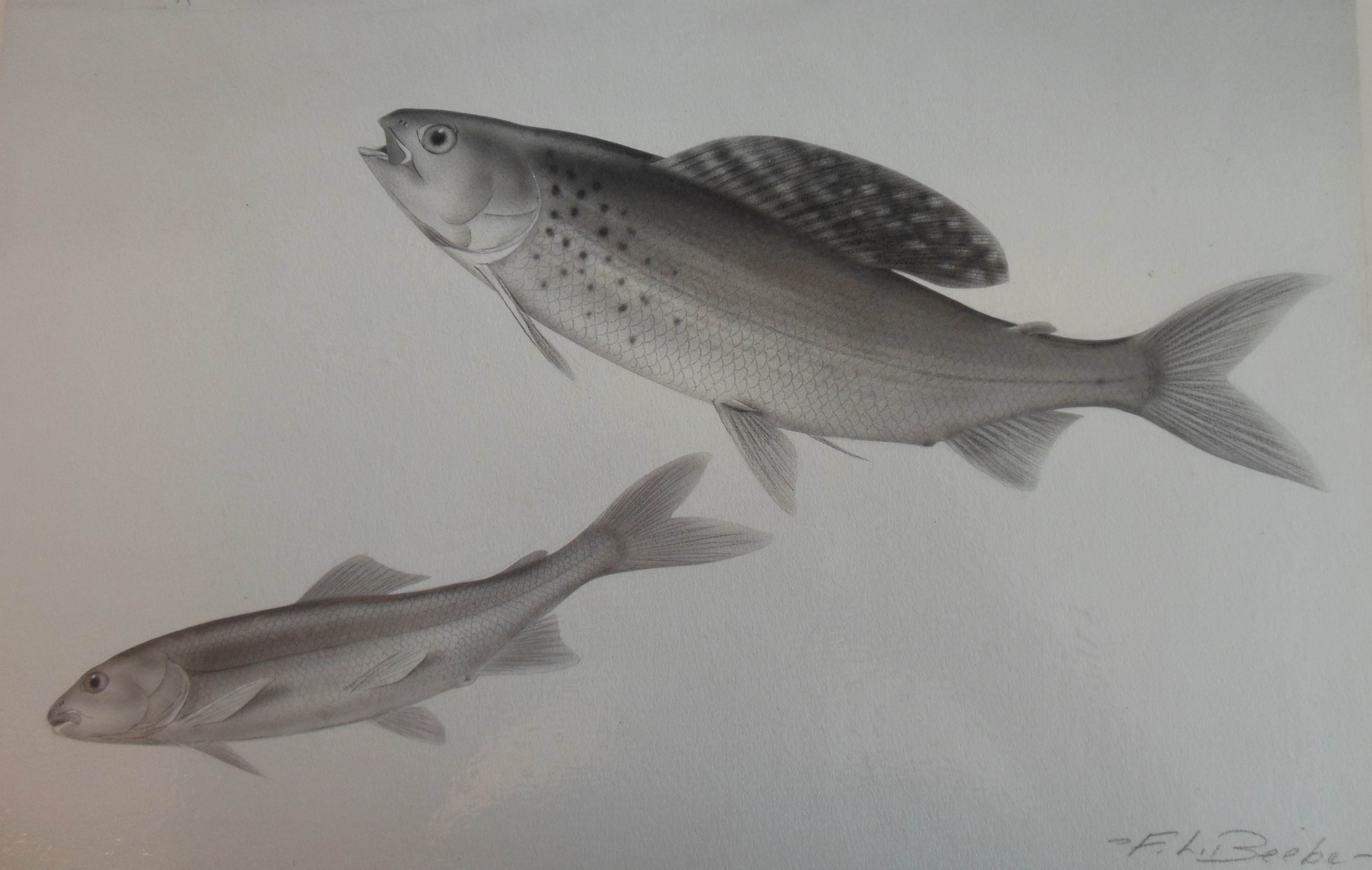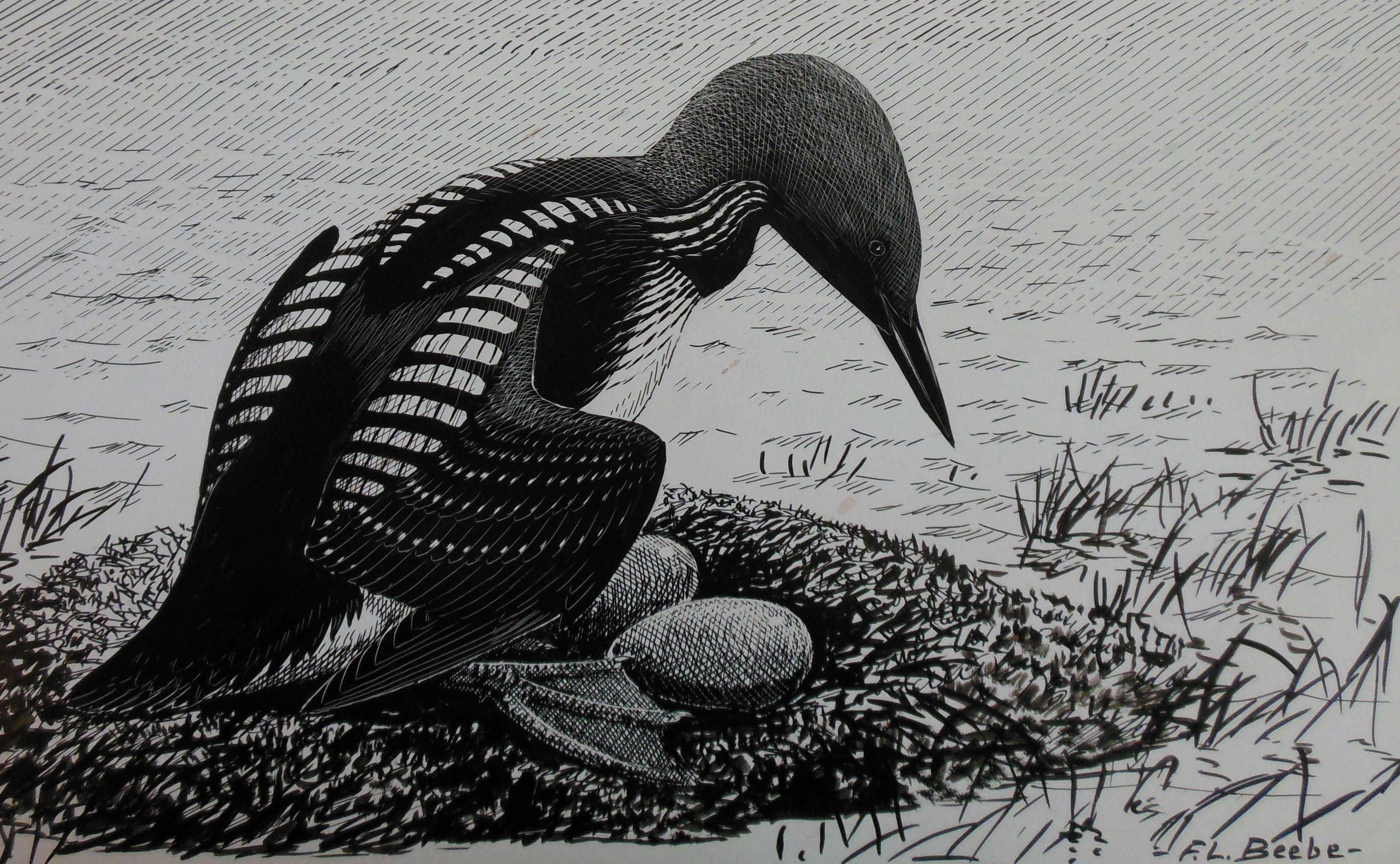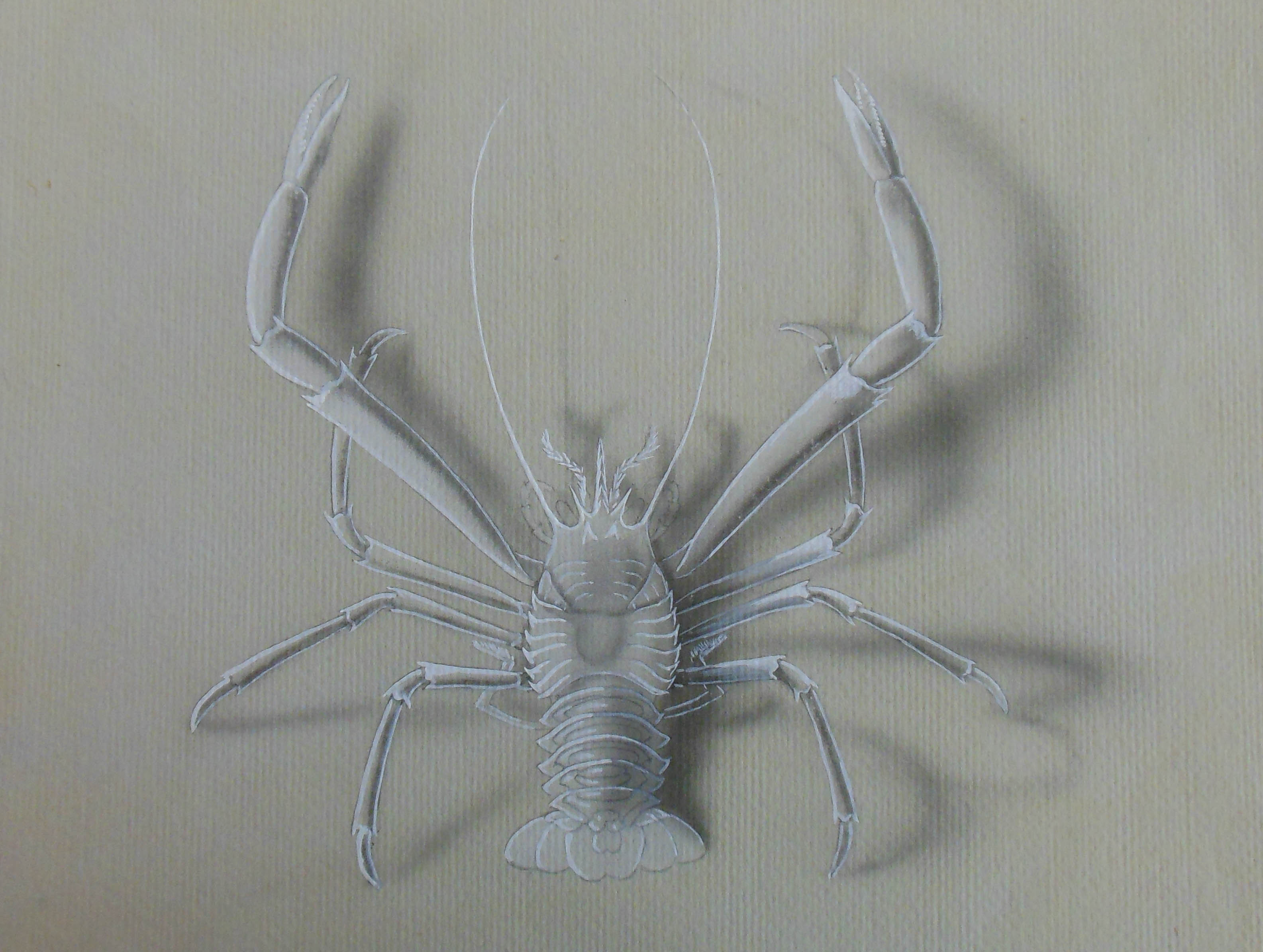Do you have our old RBCM handbooks? Do you remember the old drawings by Frank Beebe?
A little while back I was asked whether we still had the art from those books. A falconer from the USA was preparing a tribute to Frank Beebe, and wanted illustrations for his book to show the diversity of styles Frank employed.
Great Horned Owl (Bubo virginianus)
Well, it turns out that this museum is as possessive about specimens as we are about the art in our old Museum Handbooks. A short look though archived handbook drafts revealed a treasure chest of old drawings.
Wilson’s Phalarope (Phalaropus tricolor)
Some are in colour, others are line drawings, some are shaded with charcoal or maybe airbrushed, others are stipple drawings. But you can certainly see which groups are dearest to the artist’s heart. His bird and mammal drawings are amazing. He even stooped to draw invertebrates without lowering his artistic standards.
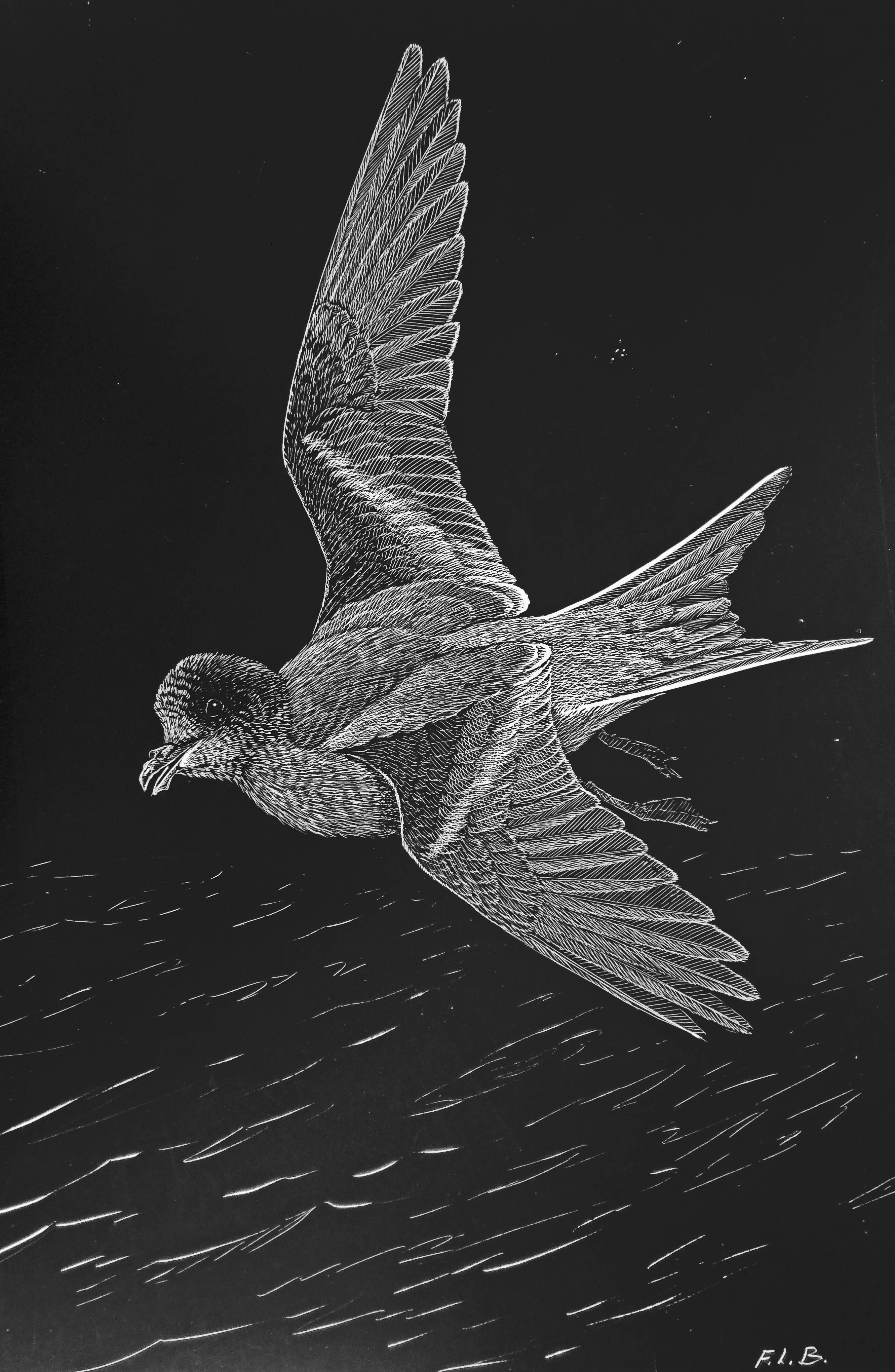 Fork-tailed Storm Petrel (Oceanodroma furcata)
Fork-tailed Storm Petrel (Oceanodroma furcata)
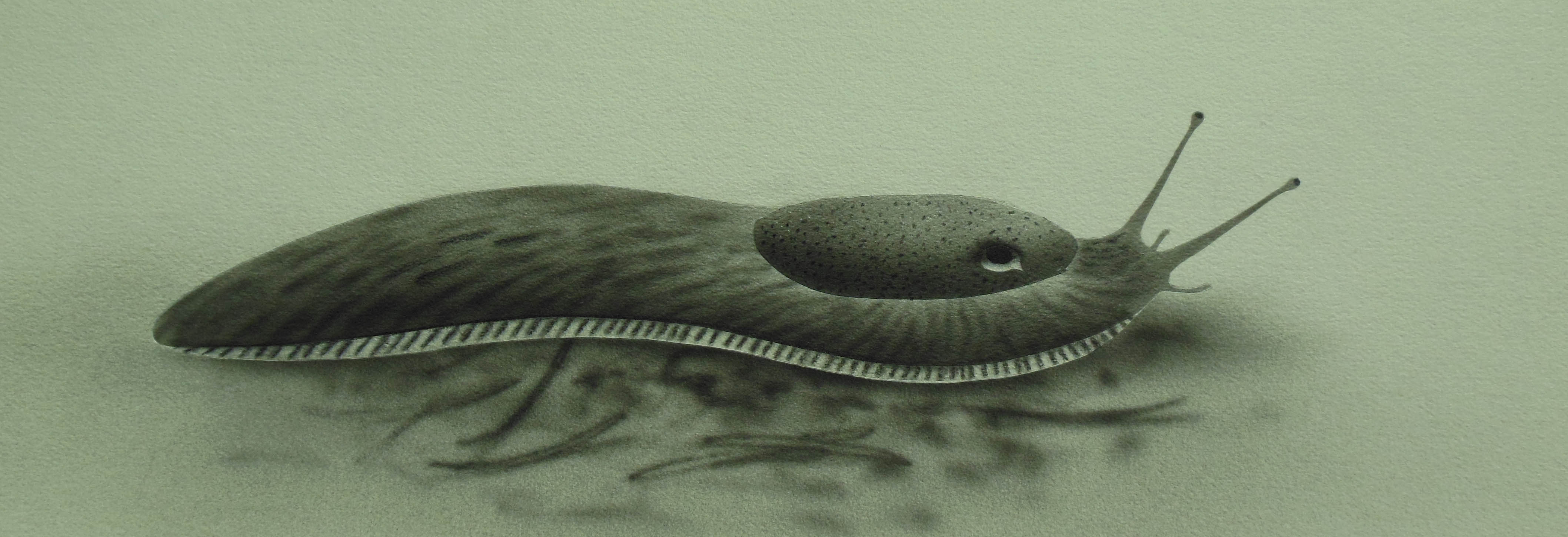 Slug (not a vertebrate – no idea what species)
Slug (not a vertebrate – no idea what species)
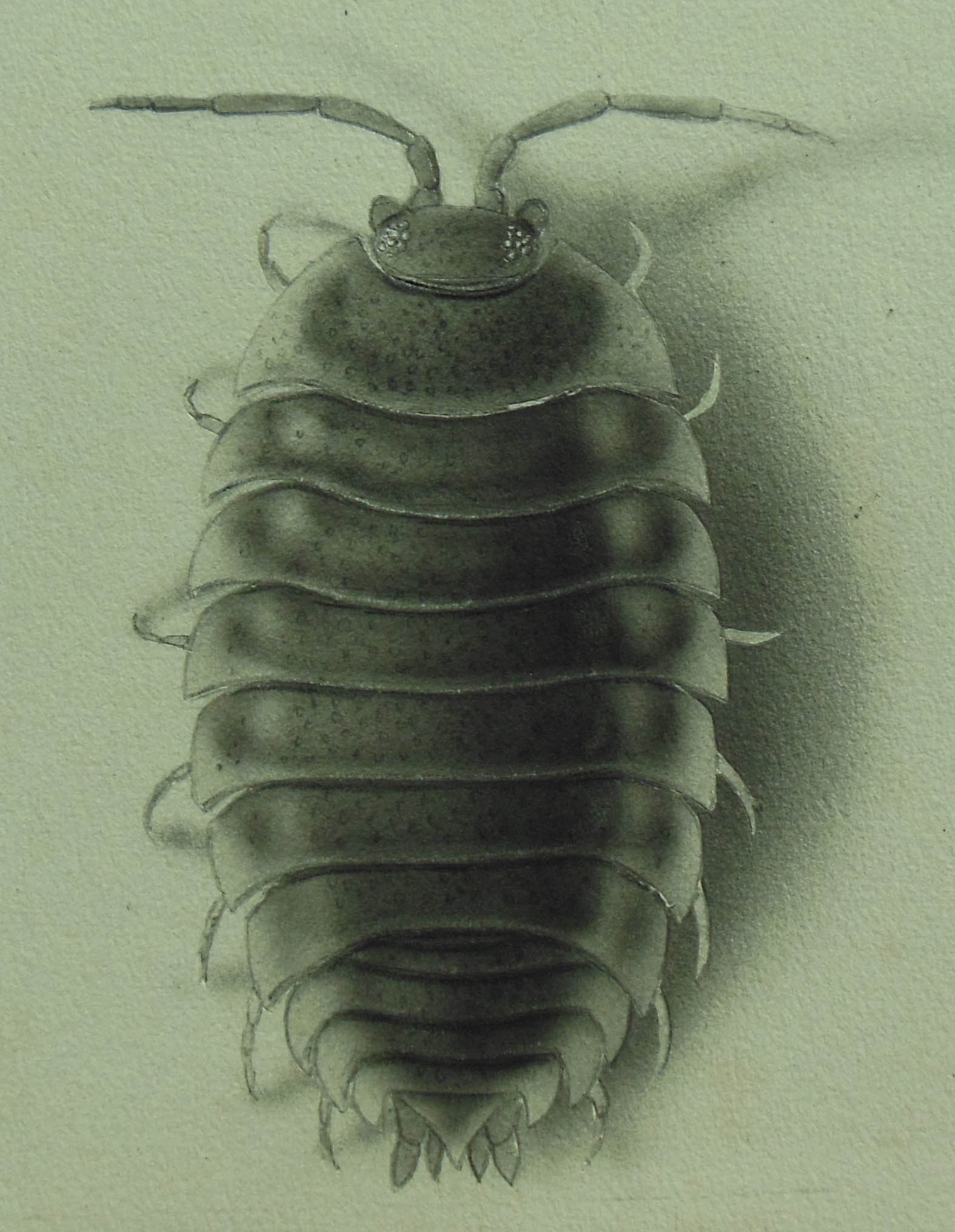 Sowbug (not a vertebrate – no idea what species)
Sowbug (not a vertebrate – no idea what species)
 American Dipper (Cinclus mexicanus)
American Dipper (Cinclus mexicanus)
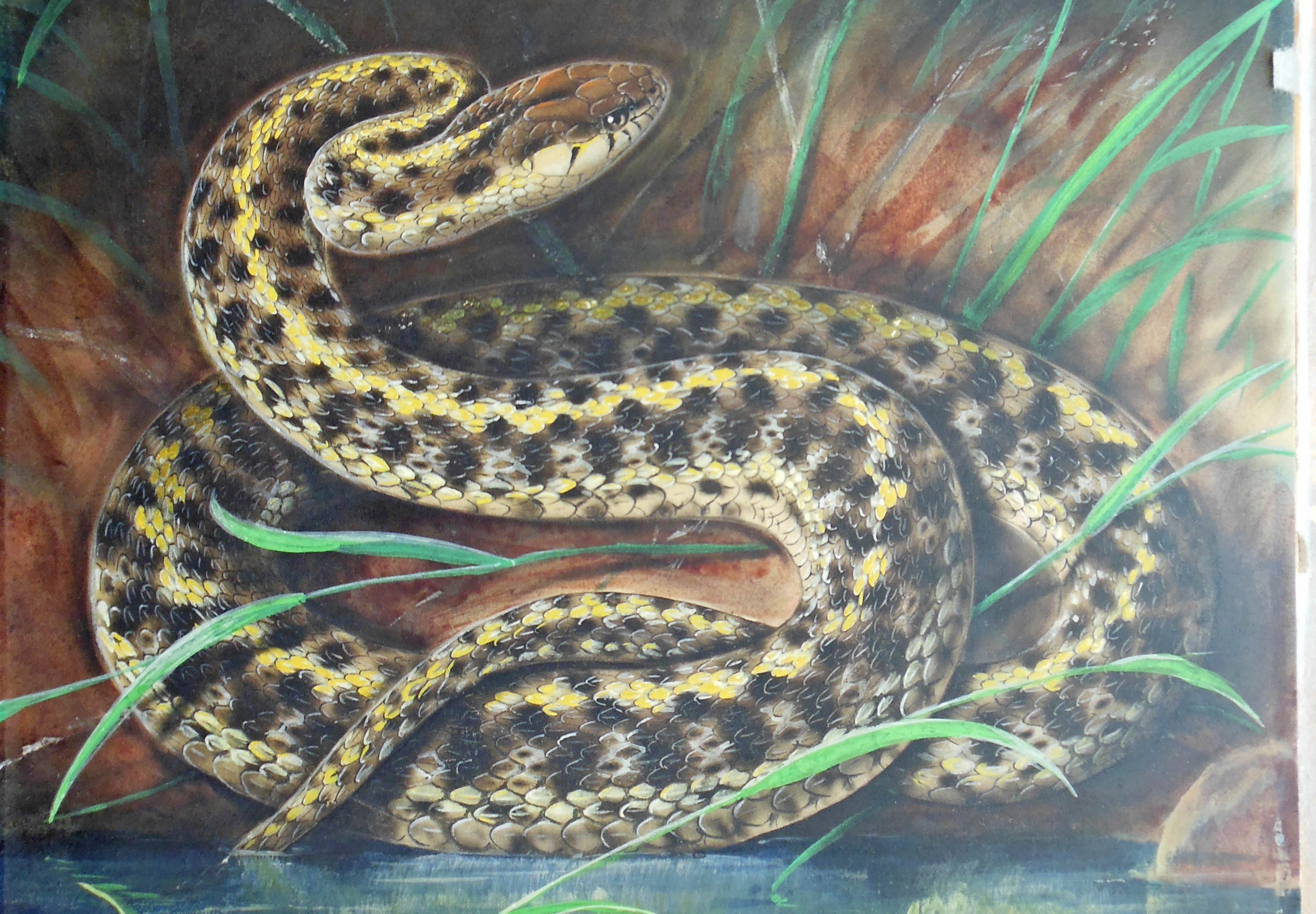 Wandering Garter Snake (Thamnophis elegans vagrans)
Wandering Garter Snake (Thamnophis elegans vagrans)
Most art showed animals with some habitat in the frame, but others show fine details for comparison and are more scientific.
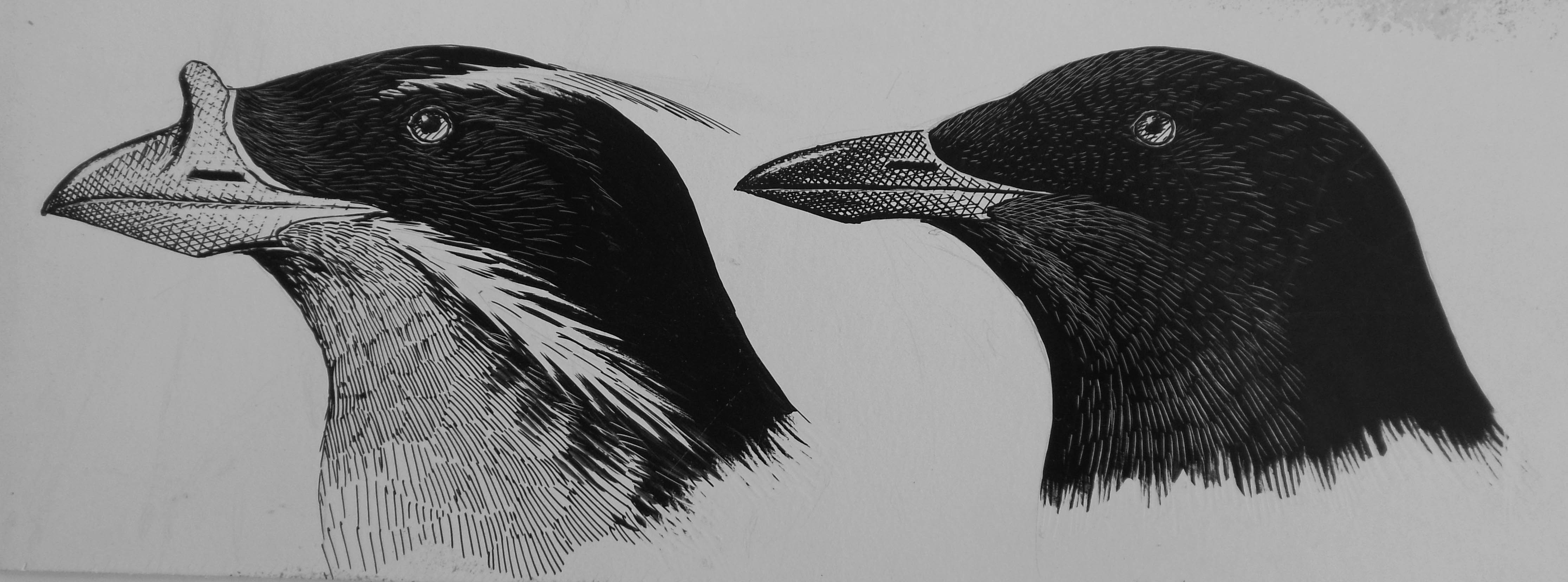 Rhinoceros Auklet (Creorhinca monocerata)
Rhinoceros Auklet (Creorhinca monocerata)
Arctic Grayling (Thymallus arcticus)
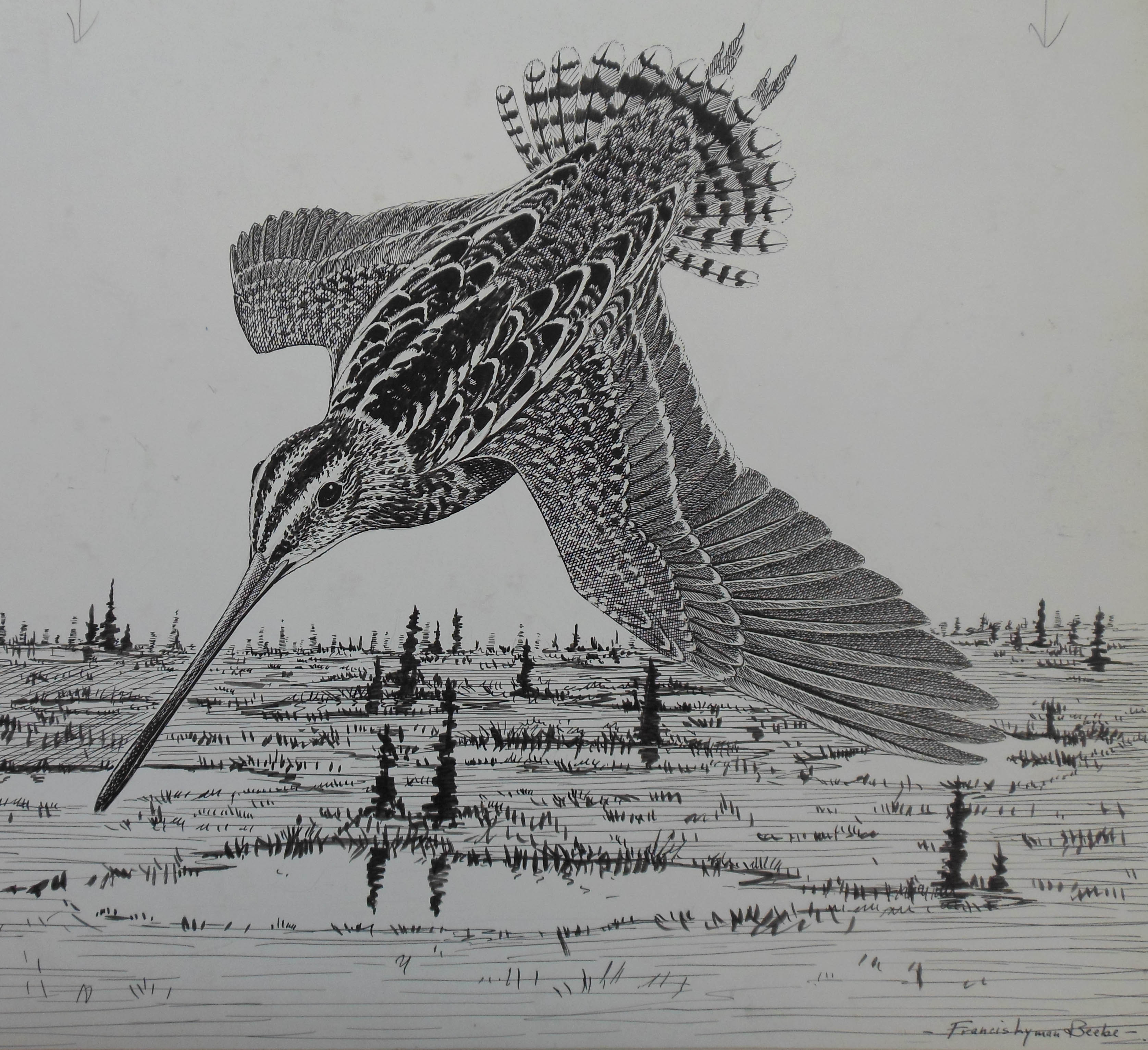 Wilson’s Snipe (Galinago delicata)
Wilson’s Snipe (Galinago delicata)
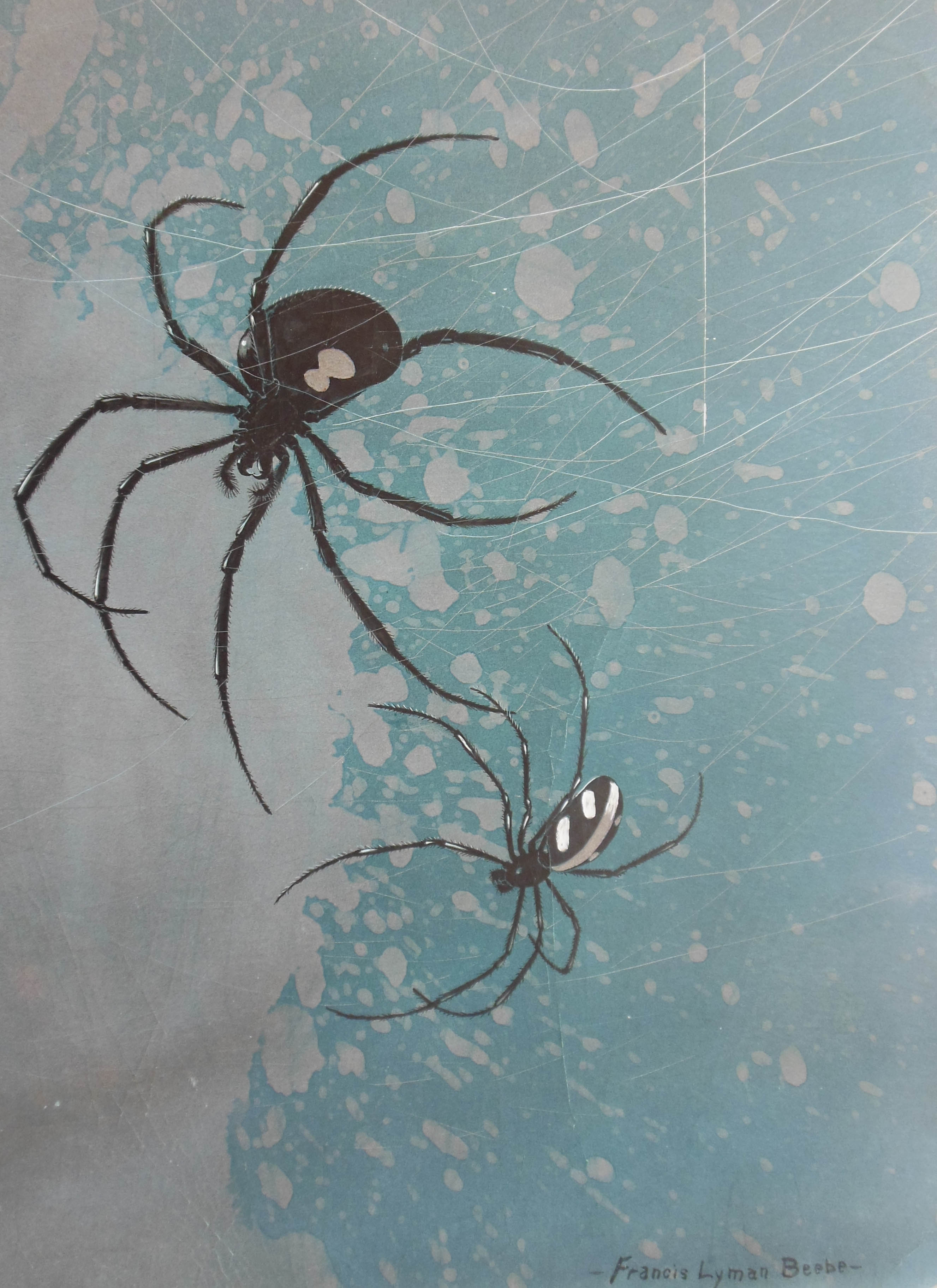 Black Widow (Lactrodectus hesperus) and some other spider (no idea what species)
Black Widow (Lactrodectus hesperus) and some other spider (no idea what species)
Rock Lobster! – down, down, down…(no idea what species, but play the B-52s song in the background for inspiration)
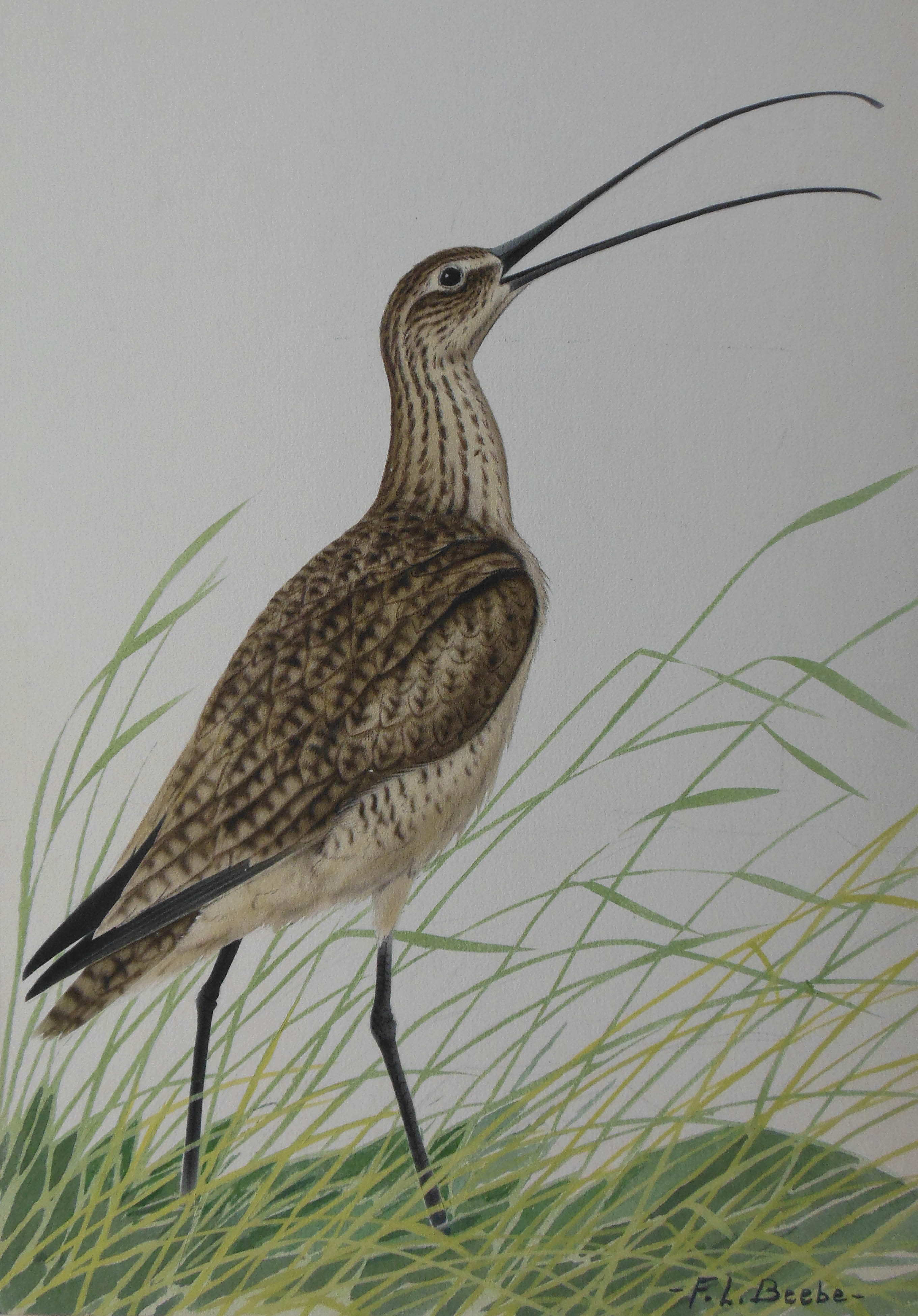 Long-billed Curlew (Numenius americanus)? Not sure about this – it has a boldly patterned head like a Whimbrel (Numenius phaeopus), proportions like a Long-billed Curlew but has a black beak and legs.
Long-billed Curlew (Numenius americanus)? Not sure about this – it has a boldly patterned head like a Whimbrel (Numenius phaeopus), proportions like a Long-billed Curlew but has a black beak and legs.
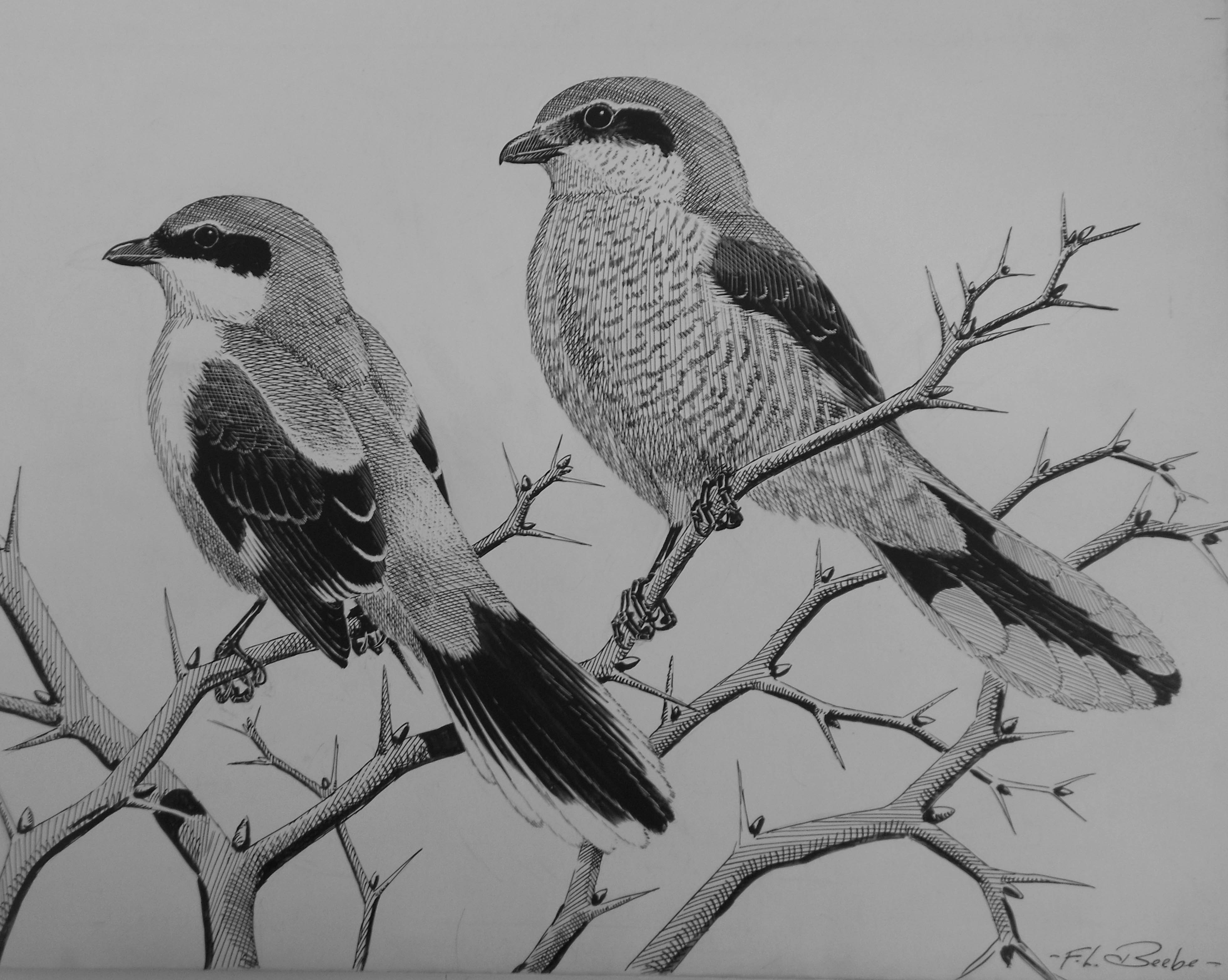 Loggerhead Shrike (Lanius ludovicianus)
Loggerhead Shrike (Lanius ludovicianus)
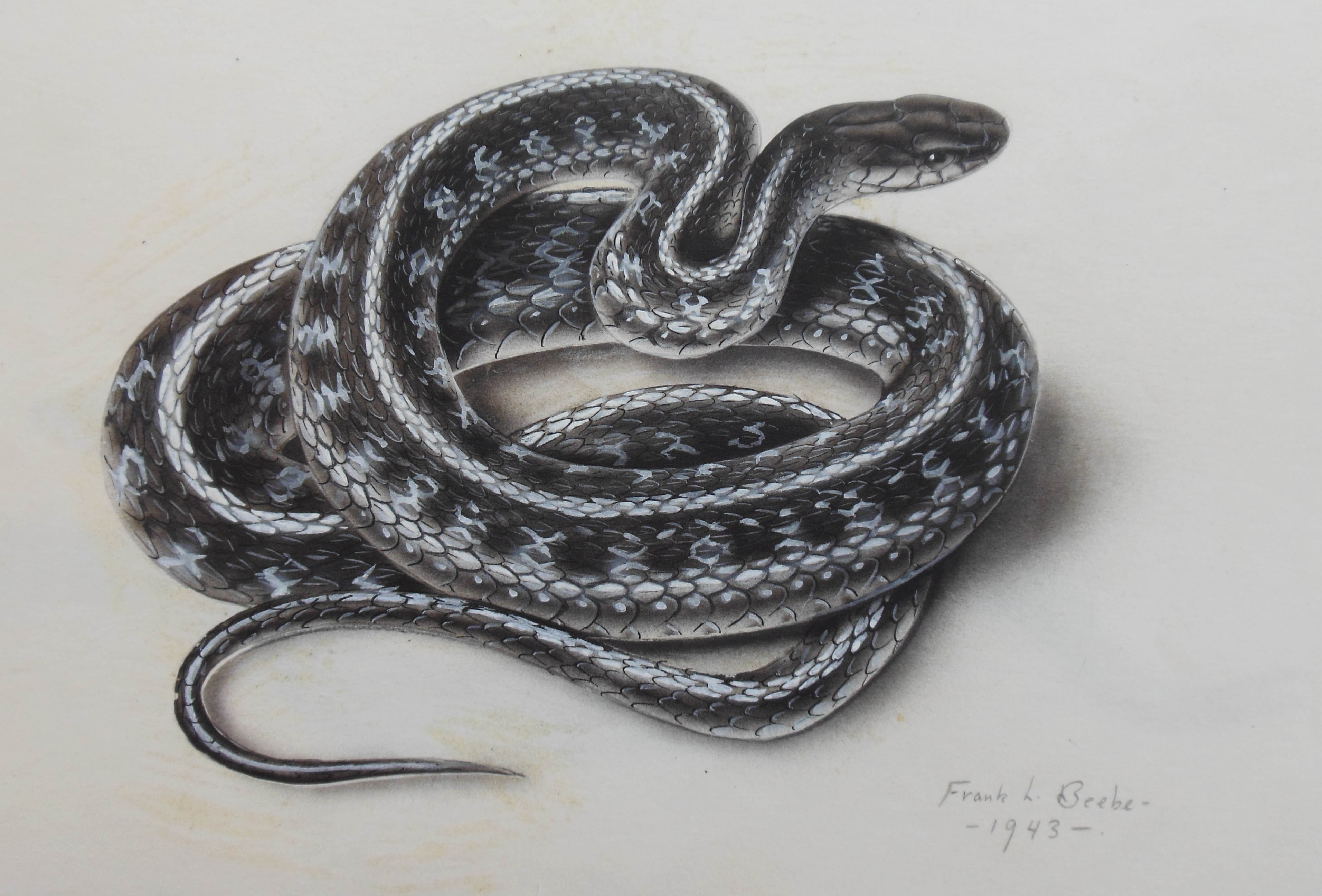 Puget Sound Garter Snake (Thamnophis sirtalis pickeringii)
Puget Sound Garter Snake (Thamnophis sirtalis pickeringii)
Today’s glossy books may have stunning photographs and computer graphics, but you sure can’t beat the charm of these drawings. Some say that scientific illustration is a dying art – let’s hope they are wrong. Here is one of my own drawings – just to pay lip-service to scientific illustration.
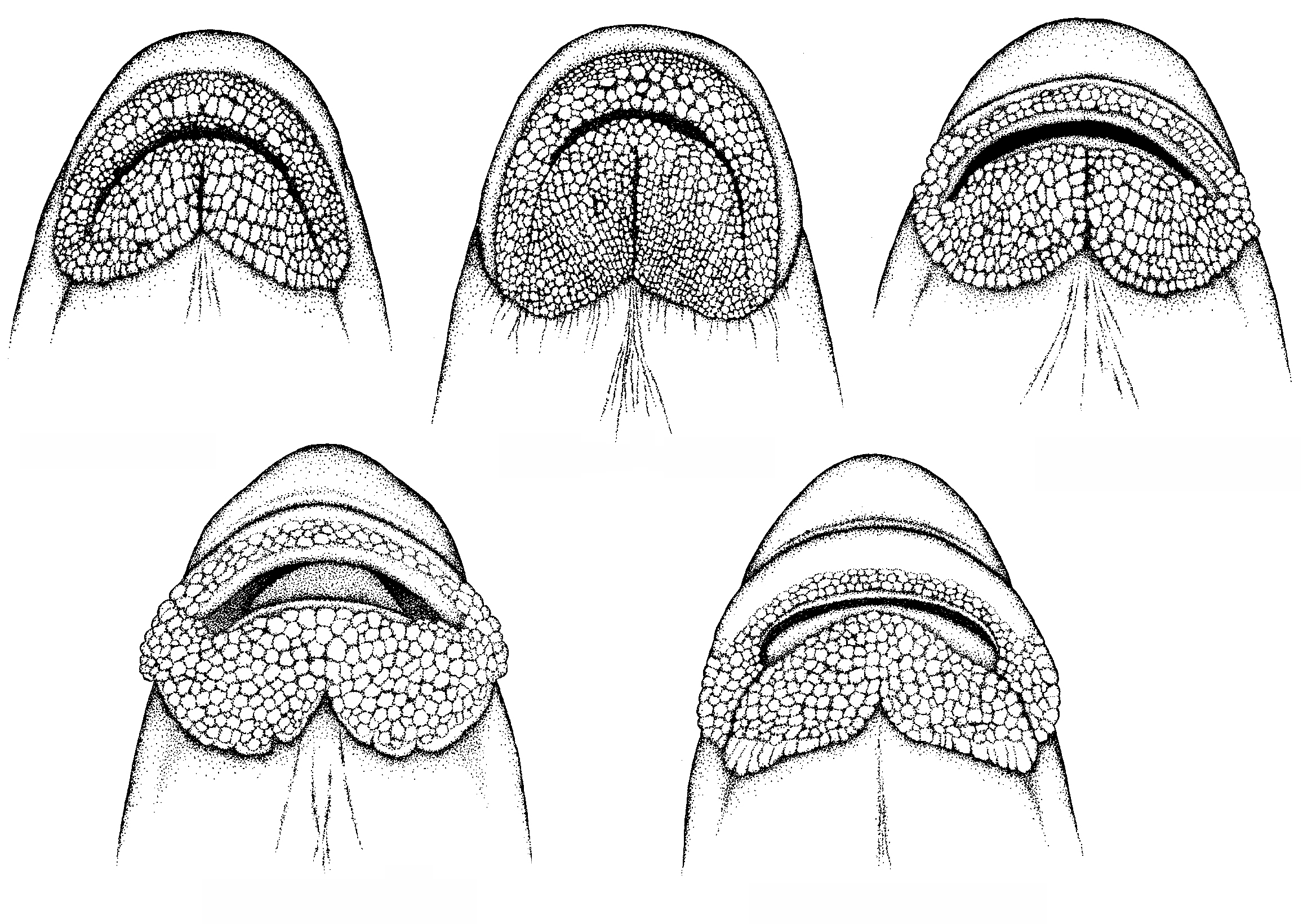 Suckers – there’s one hatched every minute.
Suckers – there’s one hatched every minute.
Top row left to right: White Sucker (Catostomus commersoni), Largescale Sucker (C. macrocheilus), Longnose Sucker (C. catostomus)
Bottom Row left to right: Bridgelip Sucker (C. columbianus), Mountain Sucker (C. platyrhynchus)




